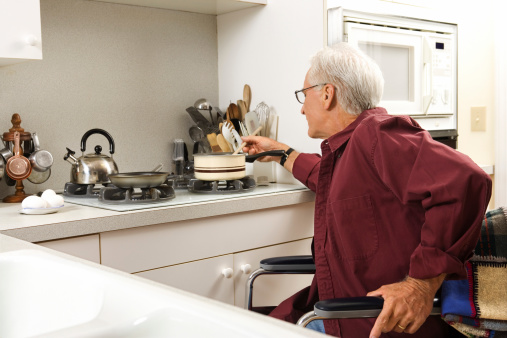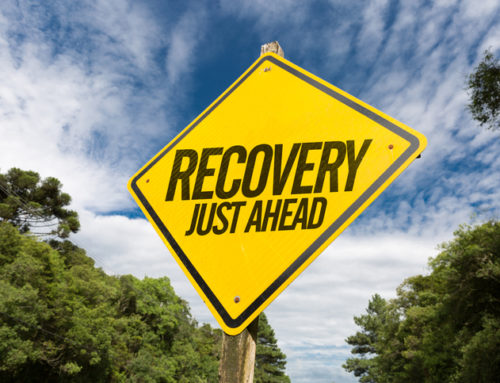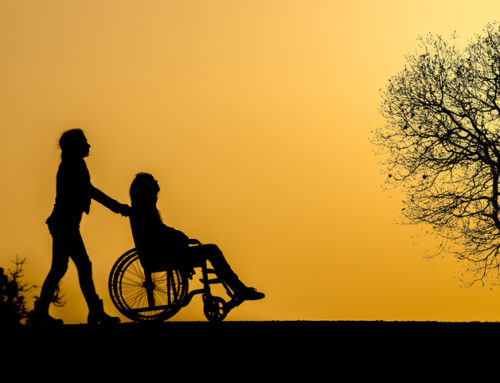Strokes affect 795,000 people annually resulting in 140,000 annual deaths. In addition, 600, 000 are first time stroke victims and 185, 000 are recurrent.
Ages and gender can vary, but statistics show that more women are affected than men. Both of these strokes can affect the victim in several ways, including loss of speech and memory, muscle movement, paralysis, among other symptoms—each kind requiring a different type of rehabilitation. Where one may be wheelchair bound for a short period of time, others may need more permanent solutions to functioning on a daily basis. bound for a short period of time, others may need more permanent solutions to functioning on a daily basis. Among the various types of rehabilitation, a popular type of approach to recovery and treatment, is the Brunnstrom Approach—this approach breaks down the recovery stages post stroke, giving a pretty clear overview as to what a patient and caregiver can expect. Because muscles become weak after a stroke, it is quite difficult, if not impossible, for a patient to engage their muscles—the Brunnstrom Approach, on the other hand, teaches patients how to use the abnormal synergy patterns to their advantage.[1] STAGE 1: Flaccidity—This is the initial period of shock immediately after stroke where flaccid paralysis sets in [2]. There is no voluntary muscle movement due to the nerve damage in the brain and without early intervention, the muscles can completely atrophy, leaving the patient potentially paralyzed for the long-term. STAGE 2 Some Spasticity—As the muscles begin to regain some basic movements, there may be an appearance of some spastic, abnormal movements. Although disconcerting to see, this can actually be encouraging to the patient and family that there are possible signs of eventual return to normalcy. It is particularly important for the limbs to receive stimulation to avoid long term paralysis and muscle atrophy. STAGE 3 Marked Spasticity Improvement—During this stage of recovery, there is an increase in muscle stiffness which may interfere with speech and thinking, as well as muscle movement; sometimes pain is also associated with this stage. The appearance of synergy patterns and coordination between muscles facilitate the voluntary movements which become stronger with occupational and physical therapy.[3] This is also the time to make sure the patient is engaging in daily exercises to build and maintain range of motion; exercises, such as raising ones hand over the head, bending the knees towards the chest, as well as moving the joints in different directions are all part of a successful rehabilitation. STAGE 4 Decreased Spasticity –During stage 4, there is a
reduction in spastic movements and muscle control starts to come back. This is
the time to work on range of motion, stretching and building leg and arm
strength by using exercise equipment and various non-weight bearing
strengthening exercises. It should be noted that BOTH sides should be worked on
equally in order to evenly regain strength. STAGE 5 Complex Movement Combinations—As the spasticity declines, muscle control continues to improve, allowing for more complex movements. Combing ones hair, purposeful use of eating utensils, walking, driving a car, writing and swimming, are all attainable with repetition and practice at this stage. STAGE 6 Spasticity Disappears—This stage is a happy one! The
spasticity completely disappears, the patient is now able to engage in complex
movements, and motor control is almost fully restored. STAGE 7 Return of Normal Function—This is obviously the ultimate
goal for the patient; full mobility, muscle control, joint movement, and full
use of arms, legs and hands have returned to normal, allowing the individual to
go back to their customary daily life and all the activities that go along with
it. There are several successful approaches to stroke recovery. It
is recommended to conduct your own research to find out what approach suits you
or your loved ones needs best. 1, 2, 3. www.saebo.com/the-stages-of-stroke-recovery2 Most Common Types
of Strokes
7 Recovery Stages
to the Brunnstrom Approach




